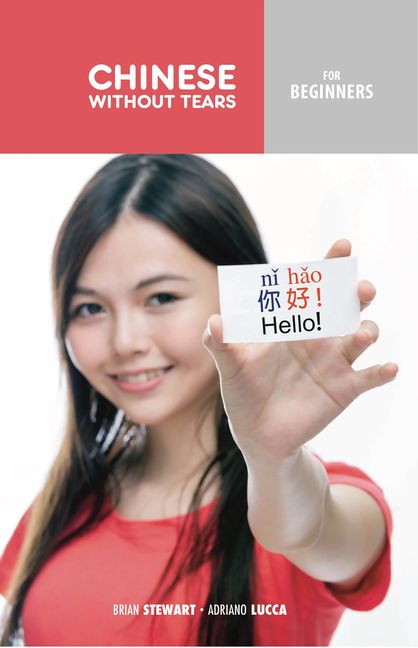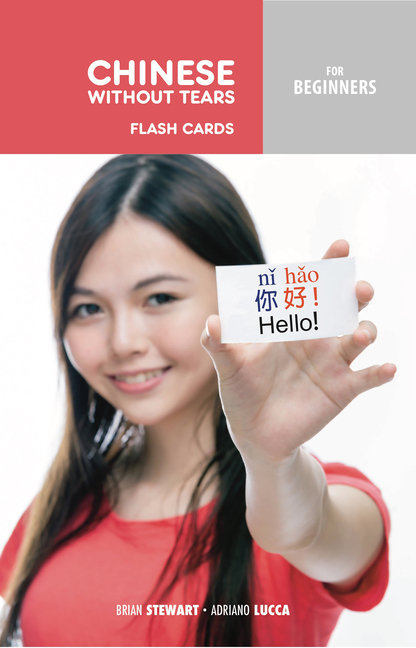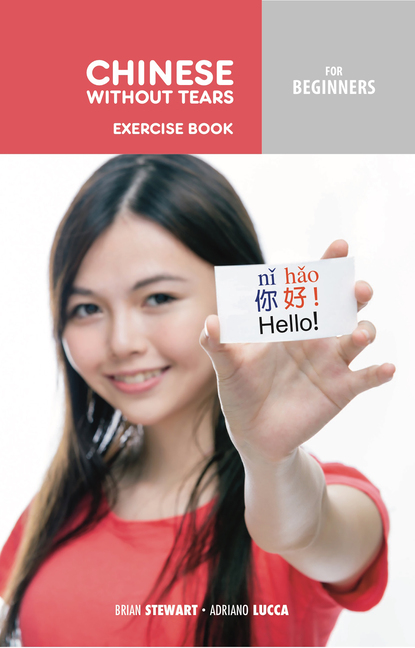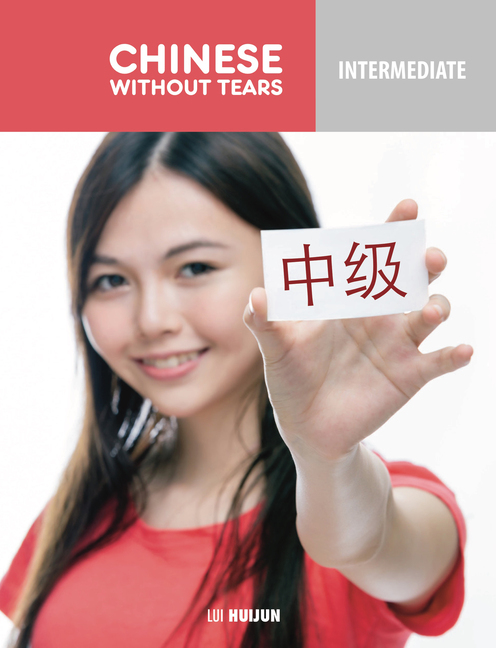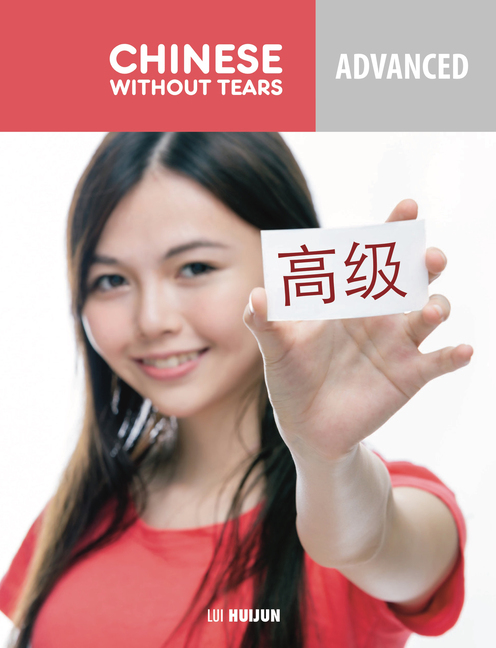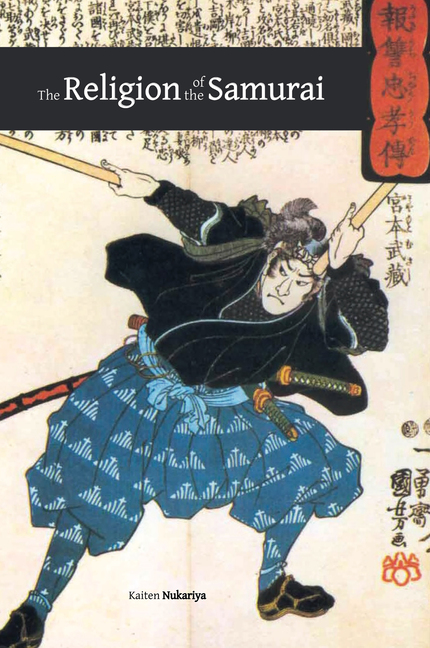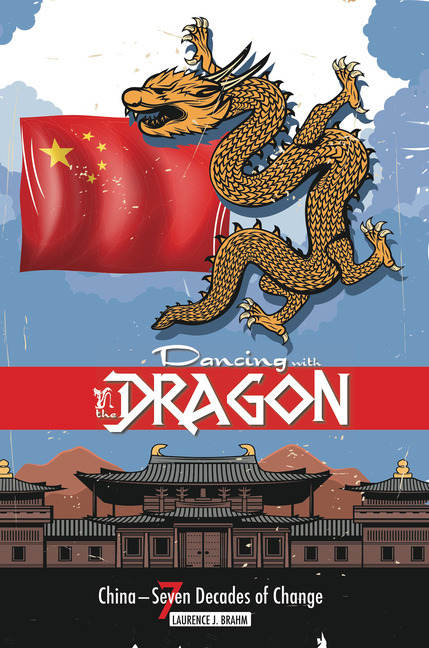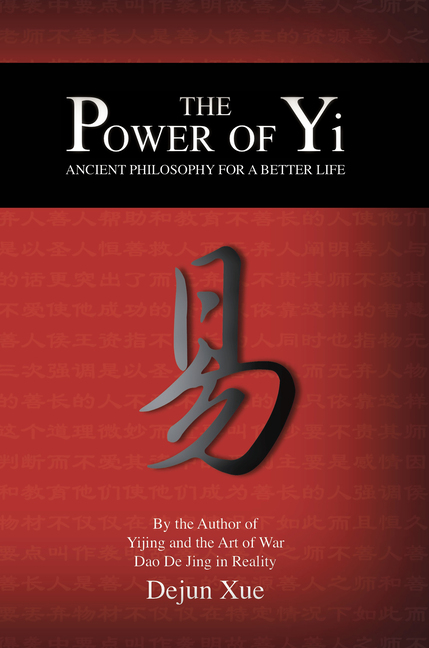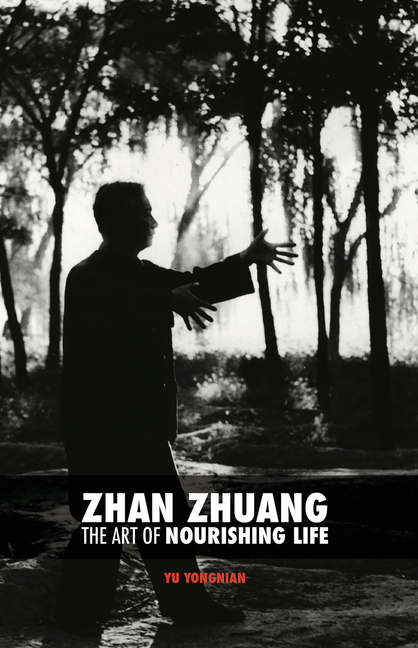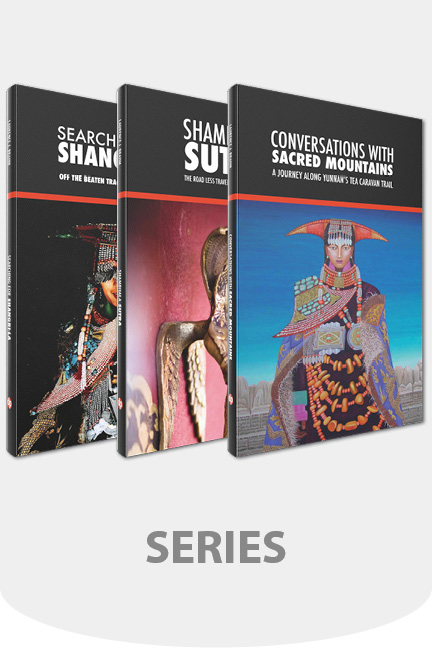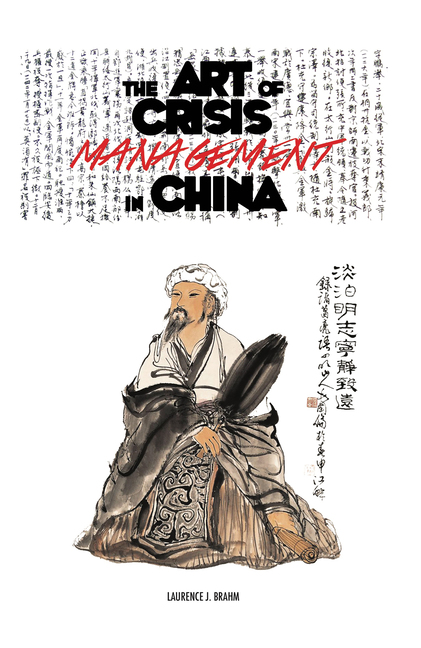03 Dec Chinese Without Tears
This series, Chinese Without Tears, comprises all textbooks, from beginner to advanced, which are essential to building a strong fundation of the Chinese language.
— The first volume titled Chinese without Tears for Beginners by author Brian Stewart is the first volume of the Chinese without Tears series. It is recommended for absolute beginners. No prior knowledge of Pinyin or Chinese characters is required for learners studying this textbook. Step by step, Chinese without Tears for Beginners gives students the strong foundation that is required to start learning, efficiently, the Chinese language. Using an originally designed repetition method and through a large number of exercises, Chinese without Tears for Beginners will make you never forget 200+ Chinese characters along with their structure, meaning, and sound. And, to make sure that it sticks, using what one has learned, one will read a short story written in Chinese, and translate it into English.
— The second and third volumes of the serie are the flash card set and the exercise book.
— The fourth volume of the series is the intermediate level, by associate professor Liu Huijun. It follows the story of an overseas student, Emily, through the course of her life in China. Her story is told through a series of 17 dialogues that become progressively sophisticated and challenging from one lesson to the next. The dialogues show scenarios anyone is likely to encounter when coming to China for the first time, whether to study, to work, or to visit.
— The fifth — and last — volume of the series is the advanced level, by associate professor Liu Huijun. It follows the story of an overseas student, Emily, through the course of her life in China. Her story is told through a series of 16 dialogues that become progressively sophisticated and challenging from one lesson to the next. The dialogues show scenarios anyone is likely to encounter when coming to China for the first time, whether to study, to work, or to visit. Each dialogue is accompanied by detailed instructional notes on grammar and usage. Additional informational notes also make each lesson a beginner’s guide to a single topic, like banking, shopping, dining, commuting and making reservations. Supplementary vocabulary and facts help learners go beyond the dialogues to manage daily situations in greater depth and talk about common topics with greater flexibility.
Volumes 4 and 5 were compiled within Shenzhen University’s College of International Exchange. The Chinese text was written by associate professor Liu Huijun, who has over 20 years’ experience teaching Mandarin Chinese to speakers of other languages. The English translation was performed by Jared Scott Pratt, who taught English at a U.S. University before coming to China in 2006.
CONTRIBUTORS
Volumes 4 and 5, Chinese-to-English translation: Jared Scott Pratt
Chinese Without Tears [beginners]
Chinese without Tears for Beginners is the first volume of the Chinese without Tears, seri...
Chinese Without Tears [cards]
Chinese without Tears for Beginners is the first volume of the Chinese without Tears, seri...
Chinese Without Tears [exercises]
Chinese without Tears for Beginners is the first volume of the Chinese without Tears, seri...
Chinese Without Tears [intermediate]
Chinese without Tears, Intermediate is the second volume of the Chinese without Tears, ser...
Chinese Without Tears [advanced]
Chinese without Tears, Advanced is the third volume of the Chinese without Tears, series. ...
The Religion of the Samurai
It is in this world that Zen finds the Divine Light it worships. It is in this phenomenal ...
Dancing With the Dragon
The story that unfolds in these pages is my own reflections from recollections of the year...
The Power of Yi
The author of The Power of I Ching, Dejun Xue, reveals the true nature of I Ching and how ...
Zhan Zhuang, the Art of Nourishing Life
Yu Yongnian unveils the heritage of martial and purifying arts and translates them into an...
The Himalayan Notes
In Brahm's Himalayan Notes, we journey to the heart of ourselves to ask a hard question: i...
The Art of Crisis Management in China
The Art of Crisis Management honors the spirit of Zhu Ge Liang's pragmatism which may be a...




